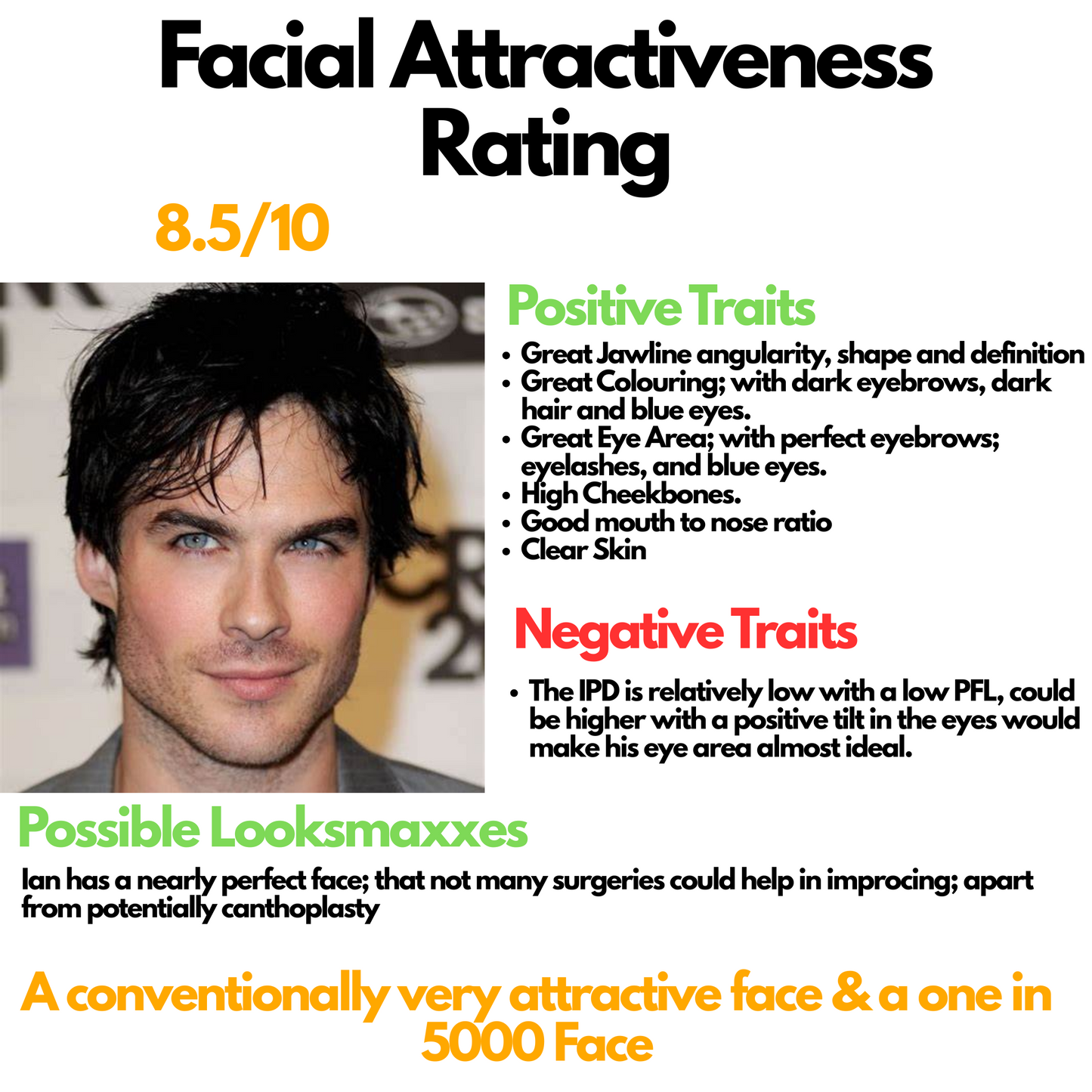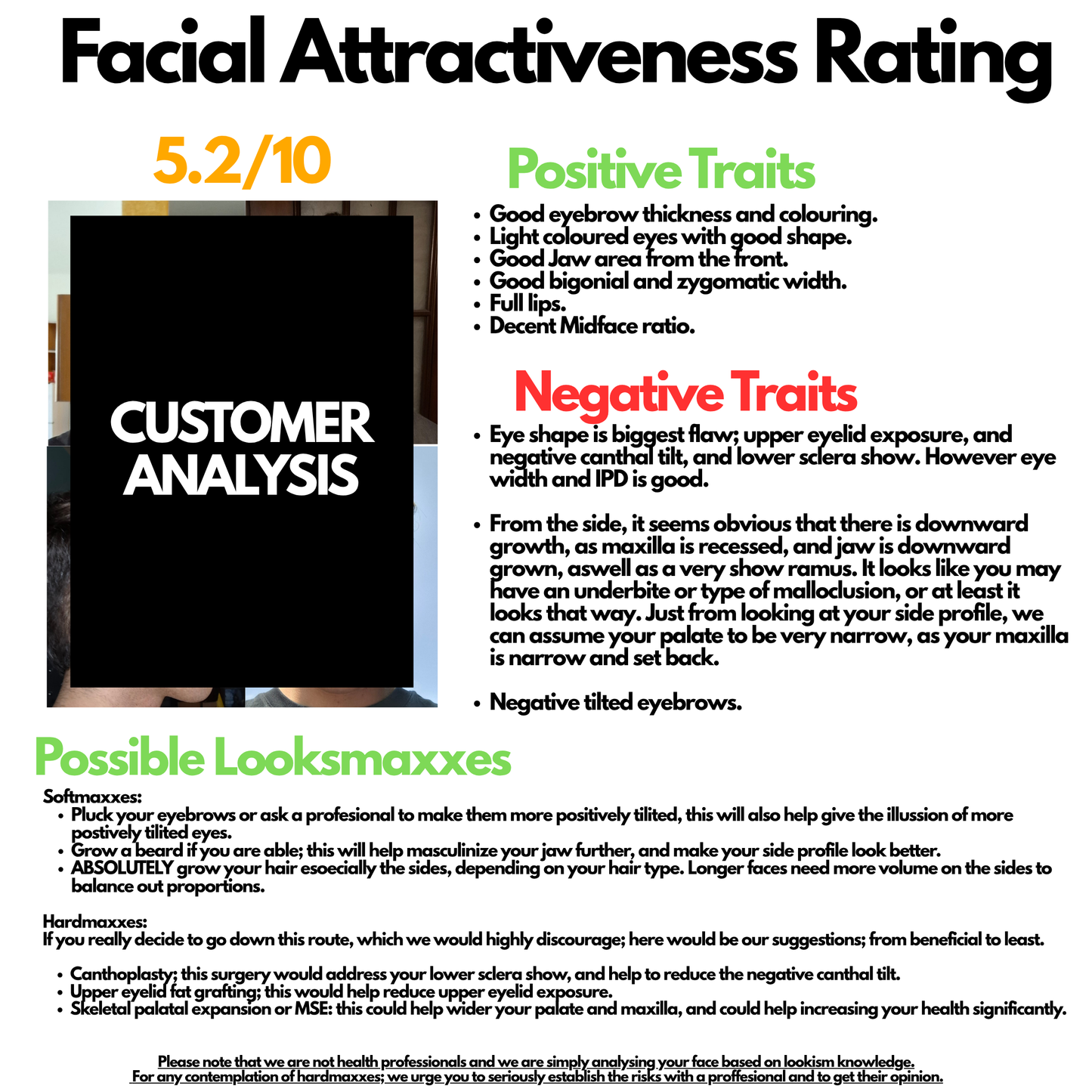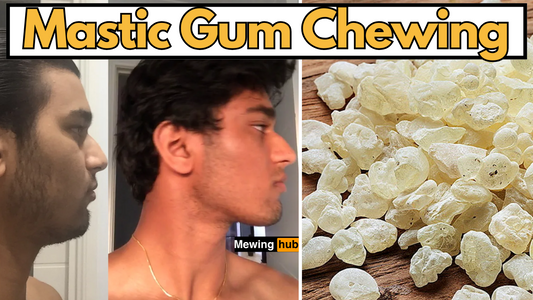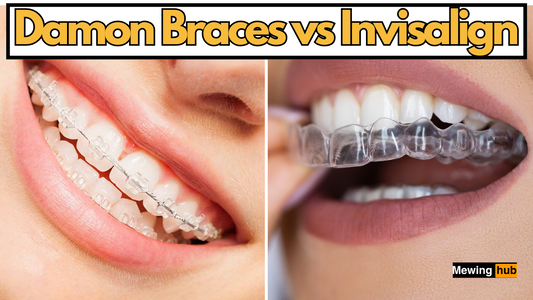Mewing - Optimal Tongue Pressure for Effective Results

Share

Soft Mewing: Gentle and Gradual Progress
What is Soft Mewing?
Soft mewing involves applying minimal force to ensure your tongue rests flat on the palate. Initially, there may be some discomfort, but it becomes more comfortable with practice. The force applied should be light and comfortable, only enough to place the tongue on the roof of the mouth.
Benefits of Soft Mewing
The concept behind soft mewing is to gradually guide your midface upward and forward over time. While results won't manifest instantly, many mewers have reported significant improvements, particularly in neck and hyoid musculature, within as little as four months.
Proper Tongue Placement Matters

There are virtually no downsides to soft mewing when performed correctly. Some individuals may experience tongue discomfort, but this is often due to incorrect technique, such as pushing the tongue outwards or allowing it to touch the teeth.
To mitigate this, ensure your tongue touches the back of the palate without contacting the teeth.
Hard Mewing: Potential Risks and Faster Mewing Results
What is Hard Mewing?
Hard mewing involves applying as much force as possible to the palate without straining the tongue excessively. It's important to take occasional breaks and switch to soft mewing if discomfort arises.
This technique has sparked debate, with some praising its potential to yield quicker results. The theory behind hard mewing is that greater force accelerates midface movement.
Risks of Hard Mewing
Hard mewing may lead to tongue strain, and while it shouldn't be painful, frequent breaks are necessary to avoid injury. If you experience pain, it's advisable to revert to soft mewing to prevent harm.
While some individuals claim success with hard mewing, it's essential to recognize that conclusive evidence is lacking.
Results could be attributed to mewing in general rather than specifically to hard mewing. Dr. Mew himself hasn't fully endorsed hard mewing, suggesting that time may be more crucial than force.
Choosing Between Soft Mewing and Hard Mewing
Safety and Long-Term Benefits
For safety and long-term benefits, soft mewing is often the preferred choice. Hard mewing is generally discouraged for individuals under 18, as their developing bones are highly malleable, and effective results can be achieved through soft mewing.
Hard mewing may also cause unwanted side effects such as TMJ issues and even Tinitus.
Age Considerations In Mewing

There's no age limit for soft mewing; it can be practiced by adults as well. As bones change with age, consistent soft mewing remains effective.
As seen from the above image, people faces tend to drop and the vertical height of the face elongates; this is also known as "Downward Growth".
Soft mewing promotes upward and forward growth, making it a suitable choice for most individuals.
Suction Hold Technique in Mewing
Soft mewing can be enhanced by incorporating a suction hold technique. This involves creating a vacuum between the hard palate and the tongue and is one of the most straightforward ways to practice soft mewing effectively.
For those looking to take their mewing practice to the next level, the suction hold technique can be incredibly beneficial.
Learn more about this advanced method in our article on The Suction Hold in Mewing: Elevating Your Practice for Maximal Results which provides comprehensive insights and instructions.
Conclusion
In conclusion, the choice between soft mewing and hard mewing depends on individual preferences, age, and comfort level. While soft mewing remains a widely accepted and effective approach, those seeking quicker results may experiment with hard mewing, always with caution and awareness of the potential risks involved.
The practice of mewing, when performed correctly and with the appropriate intensity, can have profound effects on facial structure and dental health. However, the intensity of mewing should be carefully modulated. Overzealous or incorrect mewing techniques can lead to undue stress on the jaw and other oral structures, potentially causing more harm than benefit.
It is essential to follow guided techniques, perhaps under professional supervision, to ensure that the benefits of mewing are realized without adverse effects. Mewing is not just about applying force but about consistent, correct posture that promotes optimal growth and alignment.








